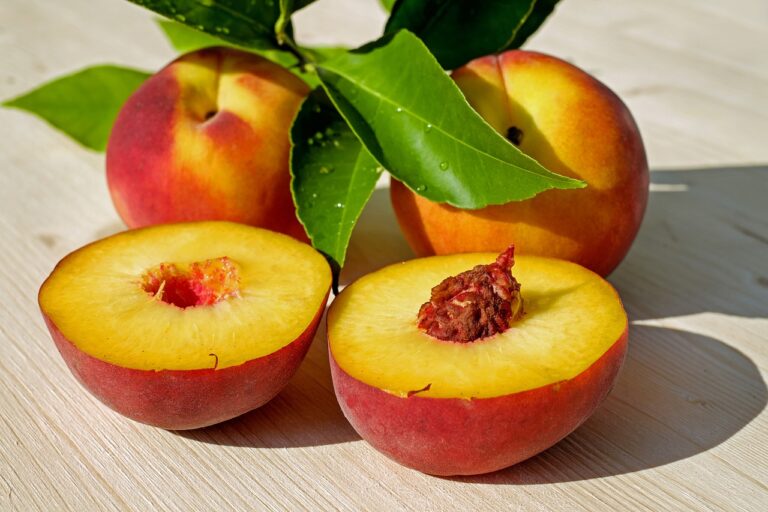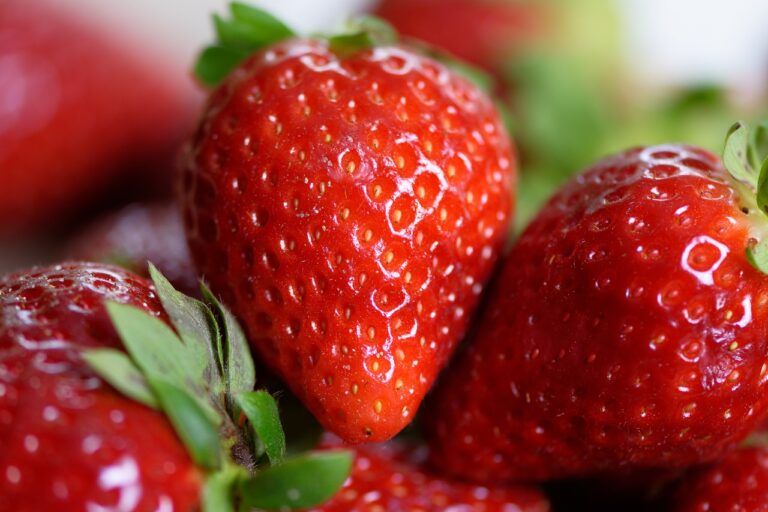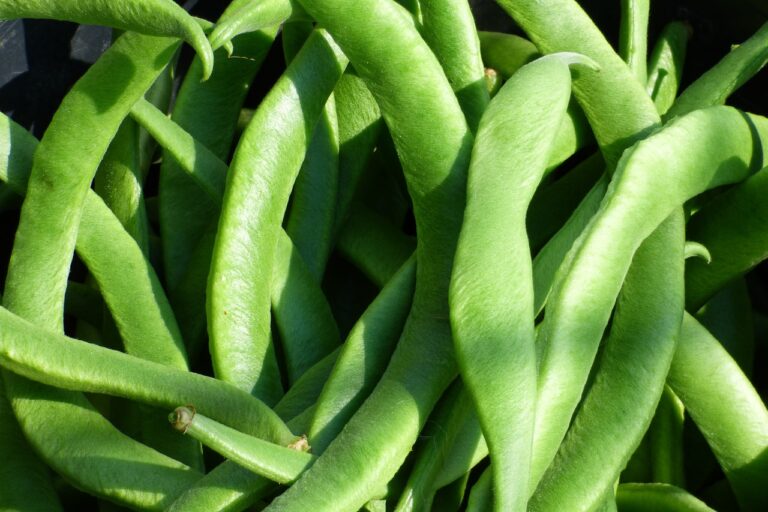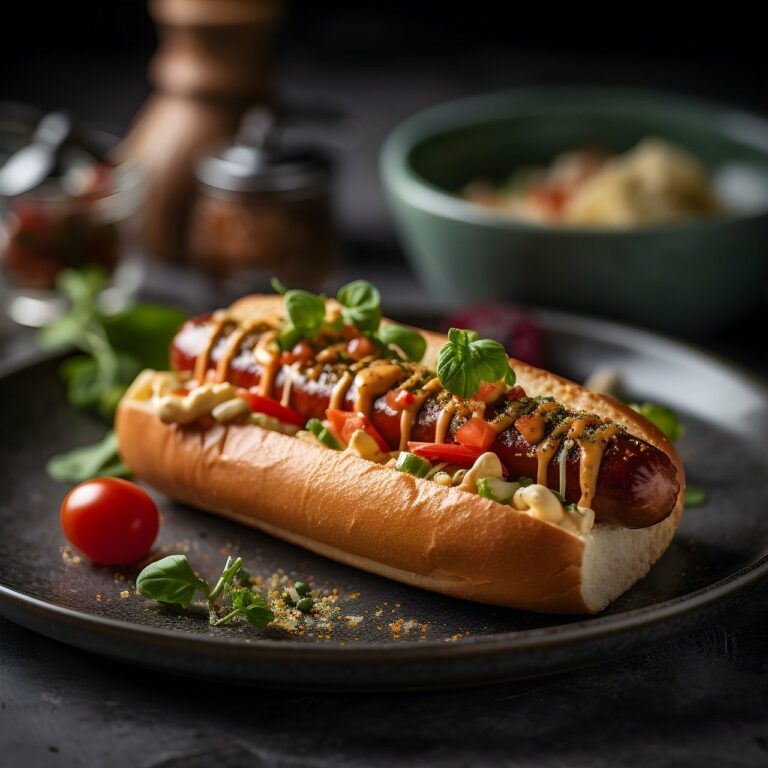The Future of Food Packaging: Innovations in Active and Intelligent Packaging Technologies
In the realm of food packaging, the quest for innovative materials continues to drive change and progress. Manufacturers and researchers alike are exploring novel materials that offer enhanced properties to better preserve and protect food products. From biodegradable options to those with barrier properties that prevent moisture and oxygen intrusion, the possibilities are vast.
One noteworthy material making waves in the food packaging industry is bio-based plastics. Derived from renewable resources such as corn starch or sugar cane, bio-based plastics offer a sustainable alternative to traditional petroleum-based plastics. They not only reduce the environmental impact of packaging but also provide comparable performance in terms of durability and functionality. As consumer demand for eco-friendly packaging options grows, the adoption of bio-based plastics is on the rise, signaling a promising shift towards more sustainable practices in food packaging.
Bio-based plastics are derived from renewable resources such as corn starch or sugar cane
They offer a sustainable alternative to traditional petroleum-based plastics
Bio-based plastics reduce the environmental impact of packaging
They provide comparable performance in terms of durability and functionality
In addition to bio-based plastics, edible packaging materials have also gained attention for their innovative properties. These materials are not only biodegradable but can also be consumed along with the food product, reducing waste and promoting sustainability. Edible films made from ingredients such as seaweed or fruit peels offer a unique solution to single-use plastic packaging, providing an eco-friendly option that appeals to environmentally-conscious consumers.
Edible packaging materials are biodegradable and can be consumed along with the food product
They help reduce waste and promote sustainability
Edible films made from ingredients like seaweed or fruit peels offer an eco-friendly alternative to single-use plastic packaging
Enhanced Shelf Life through Active Packaging
Active packaging is revolutionizing the food industry by enhancing the shelf life of various products. By incorporating active materials into packaging, companies are able to actively interact with the environment inside the package, thereby prolonging the freshness and quality of the food. This innovative approach not only benefits consumers by reducing food waste but also allows manufacturers to expand their market reach by delivering products that maintain their optimal condition for a longer period.
One of the key features of active packaging is its ability to release antimicrobial agents or antioxidants into the food environment. This helps inhibit the growth of bacteria, mold, and other harmful microorganisms that can cause food spoilage. By actively controlling the atmosphere within the package, active packaging solutions effectively preserve the sensory qualities of the food, such as taste, texture, and aroma, ensuring that consumers enjoy a high-quality product from the first use to the last.
Intelligent Packaging for Real-Time Monitoring
Intelligent packaging has revolutionized the way we monitor the quality and safety of food products. By incorporating sensors and RFID technology into packaging materials, real-time data on factors like temperature, moisture, and gas composition can be collected and transmitted to a centralized system for analysis. This allows for immediate detection of any deviations from optimal storage conditions, ensuring that food remains fresh and safe for consumption.
One of the key benefits of intelligent packaging is its ability to provide transparency throughout the supply chain. With real-time monitoring capabilities, stakeholders can track the entire journey of a product from production to distribution, enabling quick identification of potential issues or inefficiencies. This not only enhances food safety and quality but also improves overall efficiency and sustainability in the food industry.
What are some examples of innovative materials used in food packaging?
Some examples of innovative materials used in food packaging include biodegradable plastics, edible films, and smart packaging materials that can extend the shelf life of products.
How does active packaging enhance the shelf life of food products?
Active packaging incorporates components that interact with the food to extend its shelf life, such as oxygen scavengers, antimicrobial agents, and moisture absorbers.
How does intelligent packaging enable real-time monitoring of products?
Intelligent packaging uses sensors and other technology to monitor various parameters of the product, such as temperature, humidity, and freshness, allowing for real-time tracking and monitoring.







